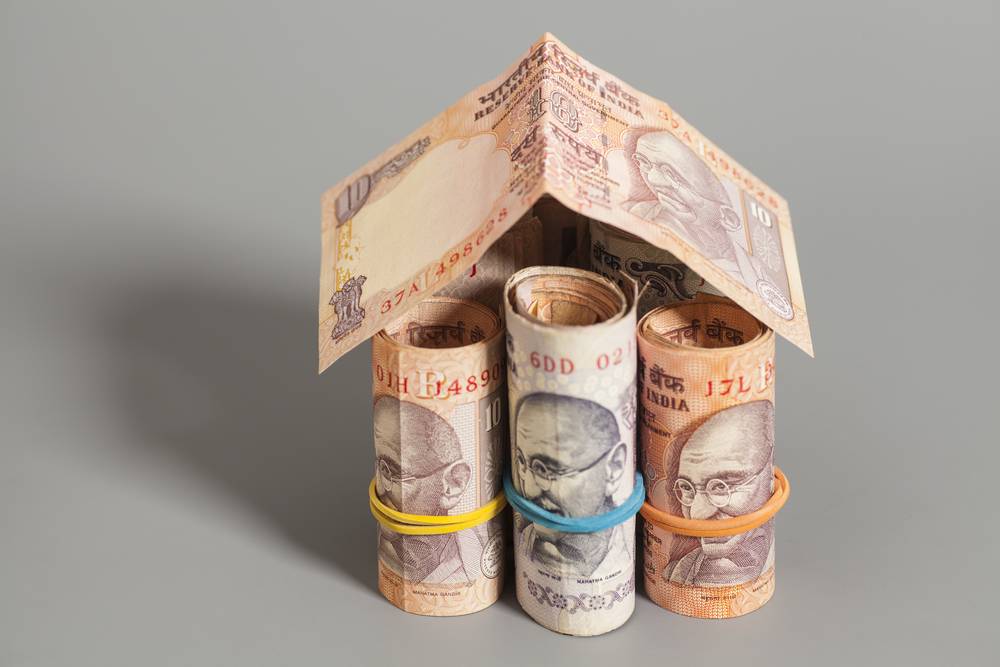 Updated on: August 22nd, 2024 3:41 PM
Updated on: August 22nd, 2024 3:41 PM
Calculating Gross Annual Value (GAV) - Income Tax
Gross annual value (GAV) refers to the income that can be earned from immovable property. GAV shall be applicable irrespective of whether the property is let-out or not for commercial or residential purposes. Under Income Tax, the term immovable property includes buildings such as residential houses, factories, commercial buildings, godowns and land on which bonded warehouses have been constructed. In this article, we briefly discuss the procedure for calculating the Gross Annual value of a property.Why should Gross Annual Value be calculated?
According to section 22 of the Income Tax Act, 1961, the tax is imposed on the annual value of the property if the following conditions are satisfied.- The taxpayer should be the owner of the property (one who receives the income from the property)
- The property should consist of buildings or land thereof.
- The owner should not use the property for his own business or profession.
Calculating Gross Annual Value
In the case of the owner having only one property and is self-occupied for own residence, the Gross Annual Value (GAV) and Net Annual Value (NAV) is calculated as NIL. In case of the owner having only one property and is far from the current workplace, the Gross Annual Value and Net Annual Value is calculated as NIL provided that no income is derived from that house property. As per the Income Tax Act, if the owner has more than one self-occupied property, only one is used for own residence, then other properties should be treated as ‘deemed to be let-out’.Definitions
Before learning to calculate the annual value of the let-out property, it is necessary to understand specific terms based on which it is estimated. Municipal value – It is the valuation by the Municipal authorities for charging taxes on house property. Fair rent – It is the rent, a similar property in the same or similar locality can fetch. Standard rent – It is fixed under the Rent Control Act where a higher rent than the standard rent cannot be expected by the owner. Actual rent – It is the actual rent received/receivable by the owner by renting out the property. Expected rent – Higher value between municipal value and fair rent subjected to a maximum of Standard rent is expected rent. There can be three cases for the Gross Annual Value of a let-out property to be calculated.Property is let out throughout the financial year
Example : Fair Rent (Rs 80,000 * 12) 9,60,000 Municipal Value (Rs 70,000 *12) 8,40,000 Standard Rent (Rs 60,000 * 12) 7,20,000 Actual Rent (Rs 90,000 * 12) 10,80,000 Solution: a) Fair Rent 9,60,000 b) Municipal Value 8,40,000 c) Higher of a and b 9,60,000 d) Standard Rent 7,20,000 e) Expected Rent (Lower of c and d) 7,20,000 f) Actual Rent 10,80,000 Gross Annual Value (higher of e and f) 10,80,000Property vacant for whole or part of financial year
Example: Fair Rent (Rs 80,000 * 12) 9,60,000 Municipal Value (Rs 70,000 *12) 8,40,000 Standard Rent (Rs 60,000 * 12) 7,20,000 Actual Rent 9,00,000 (Rs 90,000 * 10 and vacant for 2 month) Solution: a) Fair Rent 9,60,000 b) Municipal Value 8,40,000 c) Higher of a and b 9,60,000 d) Standard Rent 7,20,000 e) Expected Rent (Lower of c and d) 7,20,000 f) Actual Rent 9,00,000 Gross Annual Value – Section 23(1)(b) 9,00,000 Note: Section 23(1)(b) is applicable as actual rent received is Rs 9,00,000 per moth whereas expected rent is Rs 8,40,000 per month.Property rented and used for own purposes
Fair Rent (Rs 80,000 * 12) 9,60,000 Municipal Value (Rs 70,000 *12) 8,40,000 Standard Rent (Rs 60,000 * 12) 7,20,000 Actual Rent (Rs 90,000 * 7 and SOP for 5 months) 6,30,000 Solution a) Fair Rent 9,60,000 b) Municipal Value 8,40,000 c) Higher of a or b 9,60,000 d) Standard Rent 7,20,000 e) Expected Rent (Lower of c and d) 7,20,000 f) Actual Rent 6,30,000 Gross Annual Value (higher of e or f) 7,20,000 In this case, the period of the property occupied for own residence shall be irrelevant and annual value shall be determined as if it is let out for part of the year for such house. The gross annual value shall be higher of expected rent or rent received/receivable for the let-out period. Section 23(1)(c) shall not apply in this case.Calculation of Net Annual Value (NAV)
According to the Income Tax Act, the Net Annual Value (NAV) of the house property is calculated by deducting the municipality taxes from the Gross Annual Value of the same. In other words, NAV = GAV less Municipality tax paid by the owner.Popular Post

In the digital age, the convenience of accessing important documents online has become a necessity...

The Atalji Janasnehi Kendra Project that has been launched by the Government of Karnataka...

The Indian Divorce Act governs divorce among the Christian couples in India. Divorce...

When an individual has more than a single PAN card, it may lead to that person being heavily penalised, or worse,...

Employees Provident Fund (PF) is social security and savings scheme for employee in India. Employers engaged...


